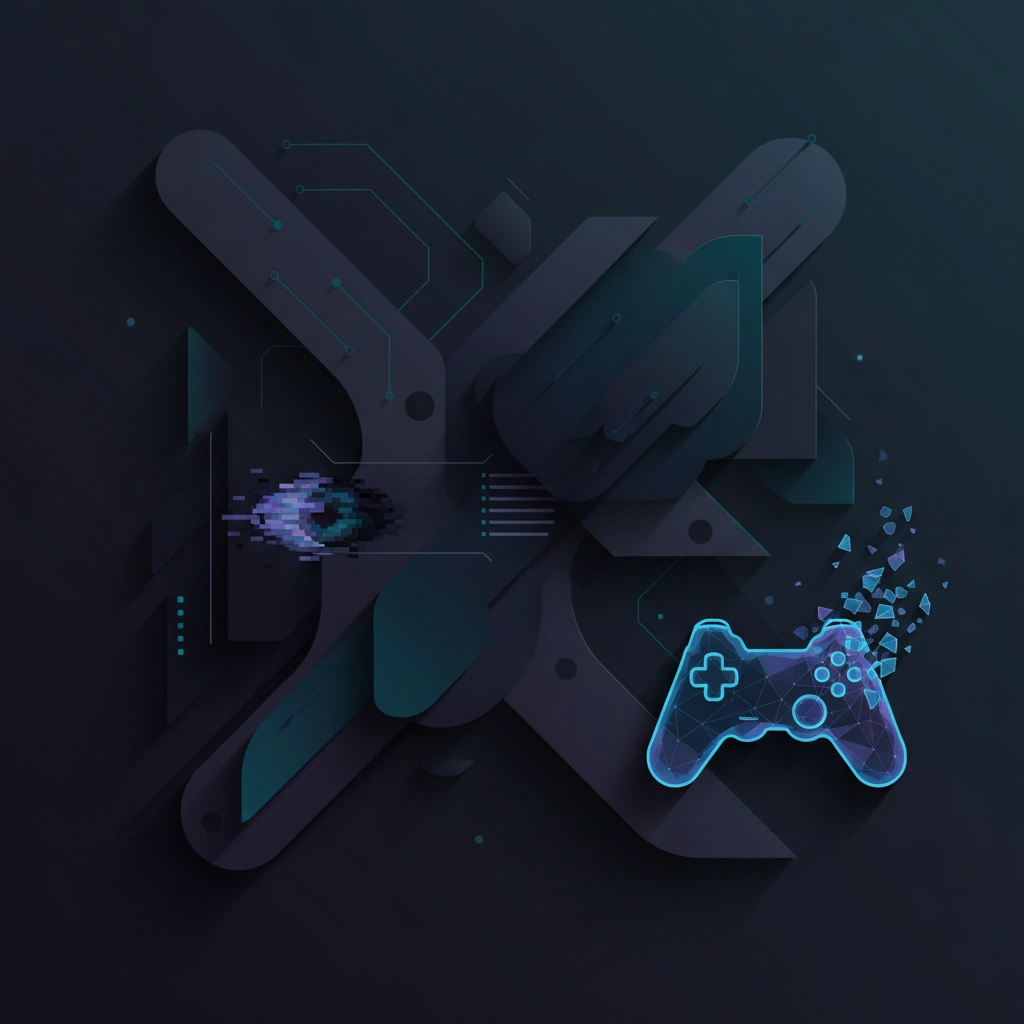Gaming Skills Key to Spotting AI-Generated Deepfakes
Experts from video game and cybersecurity backgrounds bring unique advantages to deepfake detection, applying pattern recognition and adversarial thinking to identify synthetic media.

The battle against deepfakes is drawing unexpected warriors from the gaming and cybersecurity trenches. A new perspective emerging in the field suggests that professionals with backgrounds in video games and digital security possess uniquely valuable skills for detecting AI-generated synthetic media.
The connection between gaming expertise and deepfake detection isn't immediately obvious, but it centers on pattern recognition and anomaly detection. Video game professionals, particularly those working in graphics and animation, develop an acute sensitivity to visual inconsistencies that translate directly to identifying synthetic content. They're trained to spot when lighting doesn't match, when shadows fall incorrectly, or when movement patterns feel unnatural - all telltale signs of deepfaked media.
The Adversarial Mindset Advantage
Cybersecurity professionals bring a different but equally crucial skill set to deepfake detection. Their experience in thinking like attackers - understanding how systems can be exploited and manipulated - provides essential insights into how deepfake creators operate. This adversarial mindset helps them anticipate new techniques and identify subtle manipulation patterns that others might miss.
The synthesis of these two backgrounds creates a powerful combination for forensic analysis. Gaming professionals understand the technical limitations and artifacts of rendering systems, while security experts recognize the behavioral patterns of malicious actors. Together, they form a more comprehensive defense against increasingly sophisticated synthetic media.
Technical Pattern Recognition at Scale
What makes this cross-disciplinary approach particularly effective is the ability to scale detection efforts. Gaming professionals are accustomed to processing vast amounts of visual information quickly - a skill honed through years of rapid decision-making in complex virtual environments. This translates to faster identification of deepfake artifacts across large volumes of content.
The technical understanding from both fields also contributes to developing better automated detection systems. Gaming experts can help identify which visual cues are most reliable for algorithmic detection, while cybersecurity professionals ensure these systems are robust against adversarial attacks designed to fool detection algorithms.
Implications for Detection Infrastructure
This convergence of expertise is reshaping how organizations approach deepfake detection. Companies are increasingly recruiting from gaming studios and cybersecurity firms to build more effective detection teams. The cross-pollination of skills is leading to innovative detection methodologies that combine visual analysis with behavioral pattern recognition.
As deepfake technology continues to advance, with models producing increasingly realistic synthetic content, the need for diverse expertise becomes more critical. The gaming industry's push toward photorealistic graphics has inadvertently created a workforce perfectly positioned to identify when that realism is artificially generated rather than captured.
The cybersecurity angle adds another layer of sophistication, helping teams understand not just how to detect deepfakes, but how to anticipate the next generation of synthesis techniques. This proactive approach is essential as AI models become more sophisticated and accessible to malicious actors.
The intersection of gaming, cybersecurity, and deepfake detection represents a new frontier in digital authenticity verification. As synthetic media becomes more prevalent, these unconventional skill sets may prove to be our most valuable assets in maintaining trust in digital content.
Stay informed on AI video and digital authenticity. Follow Skrew AI News.



